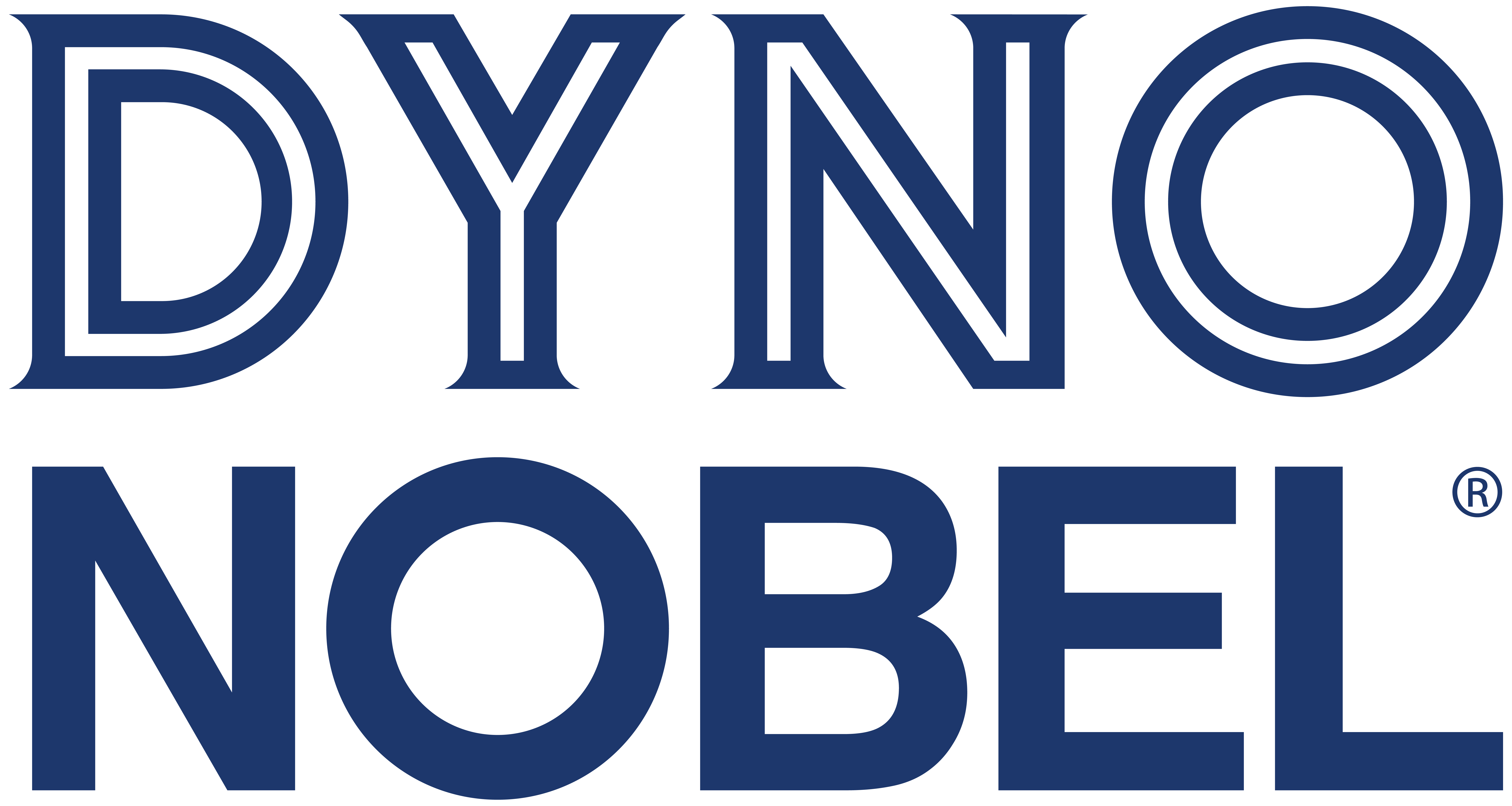Vibration in the Mining Industry
Ground and air vibrations play a significant role in both safety and community relations, which can determine the success or failure of mining operations. Issues with blasting vibration are especially common in areas with specific geologic conditions that can make vibration waves travel farther and regions where quarries are tucked into residential areas.
Despite the impact vibration has on mining operations, the industry has traditionally used empirical methodologies based on concepts related to the charge weight scaling relationships of the nuclear tests era. More recently, there have been many attempts to use more elaborate methodologies, including algorithms and software programs built to solve vibration mitigation issues. These range from basic waveform superposition to analytical and numerical methods. Unfortunately, these methodologies are difficult for daily use due to their steep learning curves, complexity, requirements for parameters that are difficult to obtain, a need for a deep understanding of sound vibration and acoustics, and the time needed to provide solutions using complex algorithms.
With all of this in mind, Dyno Nobel set out to create a more user-friendly suite of vibration prediction and mitigation tools with industry-leading accuracy as part of our Nobel Fire digital platform.
Tools
Advanced Vibration Prediction
Our Advanced Vibration Prediction tool is an industry-leading vibration modeling tool that predicts future blasting outcomes accurately through stochastic modeling.
Unlike the traditional signature hole method, which assumes that every blasthole will generate identical vibration waves, Advanced Vibration Prediction accounts for variability in a blast. Confinement, charge weight, bearing to structure, geological discrepancies, and destructive and constructive interference can all cause variability in vibration between blastholes, and Advanced Vibration Prediction takes these factors and more into account while maintaining the signature hole analysis focal point of vibration prediction.
Vibration Timing Optimization
Vibration Timing Optimization is a signature waveform convolution engine that quickly helps identify blast timing pairs that help reduce vibration at a structure. Using traditional or travel time-based signature wave analysis, Vibration Timing Optimization can run thousands of scenarios in seconds to find the optimal timing for vibration mitigation. This tool pairs seamlessly with the Advanced Vibration Prediction tool.
Why Vibration Prediction and Mitigation Matter
Compliance is a significant use case for vibration prediction and mitigation, particularly for quarries. It’s essential for quarry operations to have positive relationships with the community around them to ensure a long lifecycle.
The perception of ground vibration for homeowners in areas surrounding quarries can be a major obstacle for operations. Most homeowners think that any vibration felt at their homes is damaging the structure, despite scientific evidence to the contrary. Community outreach with knowledgeable subject matter experts can go a long way in alleviating concerns, but taking steps to reduce perceived vibration at residential structures is a more sustainable solution. Frequency control has a particularly substantial impact on vibration perception. Making data-backed adjustments to the frequency of a blast can help reduce perceived vibration and improve the relationship between quarry operations and the communities around them.
Vibration prediction and mitigation tools can also contribute significantly to operations’ bottom lines. Many times, the blast timing that is best for vibration mitigation is not best for fragmentation and vice versa. Quarries often find themselves in the position of sacrificing production for the sake of compliance. More thorough analysis using the Advanced Vibration Prediction and Vibration Timing Optimization tools can allow operations to maintain compliance while also maintaining targeted fragmentation for production optimization.
Integrating Nobel Fire into Your Operation
While Nobel Fire is complex in its methodology, the suite of tools is easy to use for operations of every size. It’s designed to be interoperable, allowing operations to integrate it into their existing digital ecosystem. This means users can perform advanced blasting design, analysis functions, and vibration prediction and mitigation in Nobel Fire while continuing to use the current digital tools they know and trust.
Do you have a question about vibration prediction and mitigation at your operation? Send us a message at info@nobellabs.com to connect with a member of our team!
